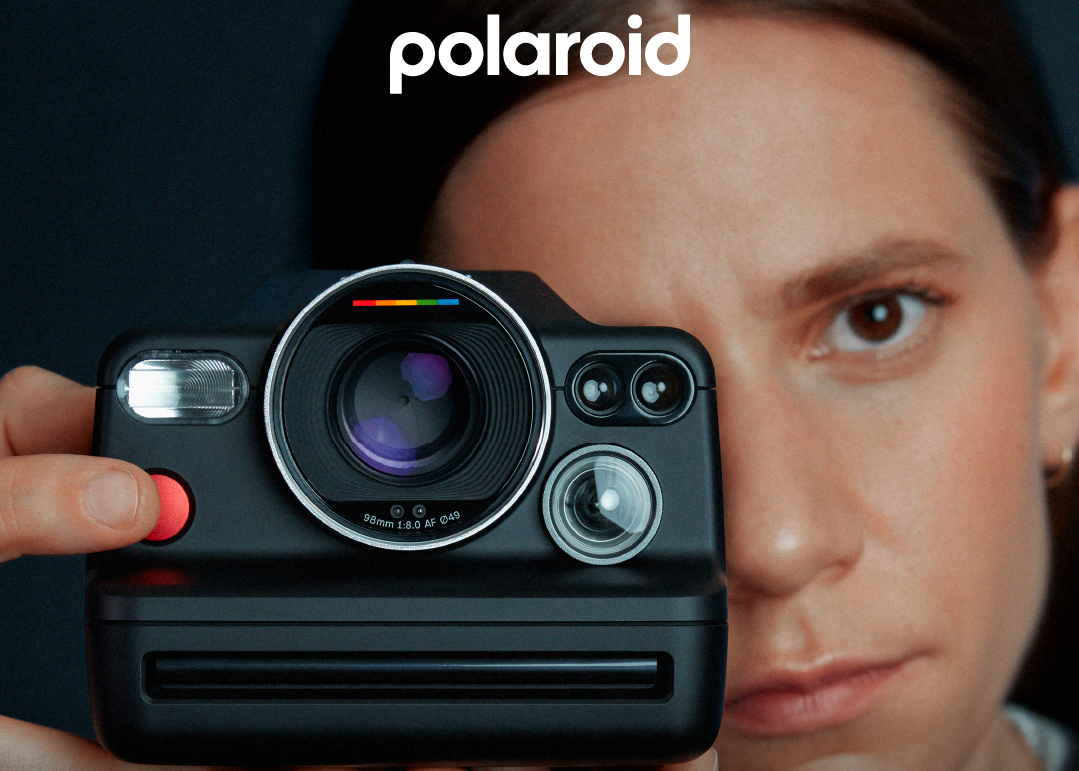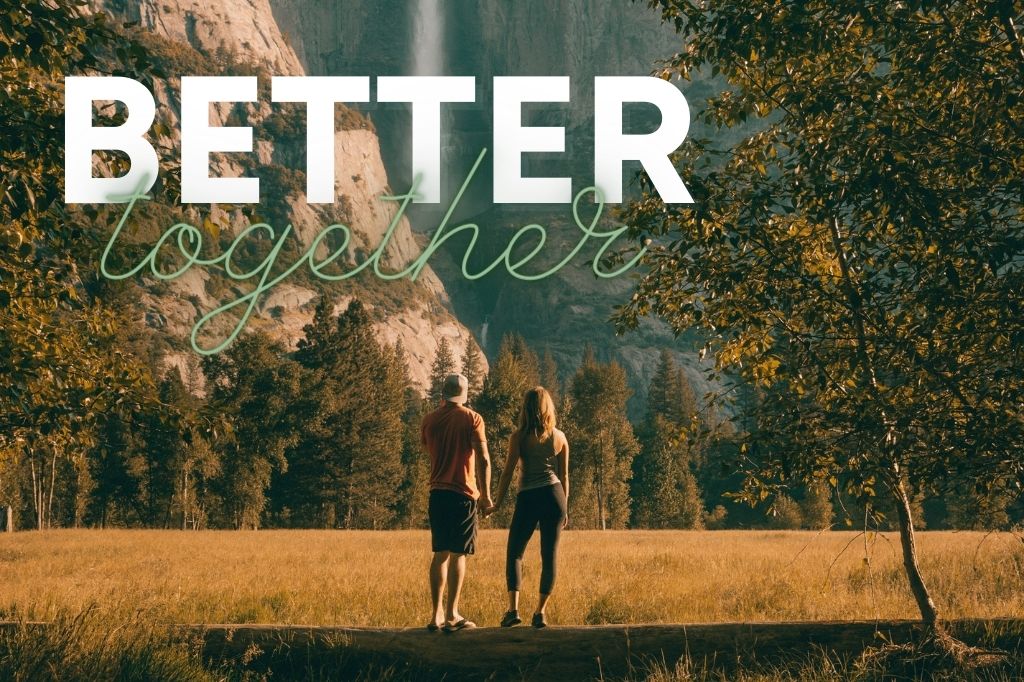Regular contributor Russell Smith discusses lighting and post production, and the ways in which he uses these tools.
By Russell Smith.
When I was an art director and living in Paris early 2000, one of my memories of early inspiration was a job that took me to the Midlands in the UK. I was working on the Toyota Europe account and was assigned to oversea the photography of all the car shoots for the brochures including the spec photography for the dealers. The photographer that I worked with would get his assistant to drive the vehicle into this huge car studio, angle the wheels in a specific way, weight it down to lower the center of gravity and then he would start the long process of lighting the car. First the side panels, then the wheels and hub caps, he would lower and light a platform from the ceiling for the window highlights, then the head lights and grill and slowly transform a very normal looking object into a piece of jewelry. It was the time of film and polaroid and with each successive polaroid he showed me, this car would emerge more alive and more desirable. And I realised not only the obvious, in how important lighting is, but how one can manipulate it so precisely to get a very specific and often a beautiful affect that is almost impossible with natural light.
He was in effect painting with light!
I have always loved natural light and shoot nearly all my food photography with daylight (see the first post on my blog: ‘lighting food’) but my need to manipulate light even more drew me to flash which in turn opened a whole new side to photography.
One of my mentors was quiet adamant when I started that I buy my own set of lights, promising that I would need them. I bought a set of three Elinchrom lights with stands and light shapers. Of course he was right, and I use them all the time to this day. They plug into any wall and acted as a fill in light in my early interior photography work with film and key-lights in people on location when I needed more of a stronger light source.
They were too limiting however for most of my professional assignments and have been using the Profoto packs and heads for most of my jobs. My friends down at Sunshine Lighting have been extremely kind in giving me discounted rentals on equipment for tests and personal work, which has helped a lot in getting familiar with how these lights work. Studio lighting and packs can be intimidating at first and an experienced assistant can be a great aid to navigating your way through it. There are many good lighting brands out there but try and find one that has a big family of attachments from softboxes, beauty dishes, snoots and honeycombs.
My objective once I had tested and played with lighting was to find a combination of lights and a set up that spoke to me. Jill Greenberg’s work immediately caught my eye as did Dave Hill. They both have a heavy influence of post production in conjunction with their specific light techniques. I might add at this point that it is very helpful to look at photographers’ portfolios to get a feel of what people are doing out there and just to get inspired when you hit those creative walls.
Growing up I loved to draw. This was fantastic! I saw an opportunity to not only find my own lighting set up that gave me a certain look but also acted as a canvas on which to ‘draw’ with Photoshop in post! It has been an evolution and lots of trial and error and am still perfecting the lighting technique but have started developing a lighting/post production style that I really enjoy. It is time consuming and requires loads of lights but fulfills my desire to create something that lies between photography and illustration and hopefully something unique. Without being cynical, there is a lot of bad HDR going around where a few software sliders are taken to their extremes and with it all the over sharpened artifacts. There is no quick fix especially when you print your final image and take it off the screen. I have been fortunate to find a group of retouchers now that I work with that I brief and understand where I want to go with the look and feel. It is these partnerships that take the work you do to another level and you achieve more than you could ever have done alone.
One last thing, in this time of digital, when everybody is a professional photographer and shooting what everybody else is shooting, you need to stand out from the rest! Your creative ideas, lighting techniques and post production will all help you do this. Find a style of lighting be it daylight or flash that you gel with and feels exciting and comfortable for you. Then build a body of work that reflects this lighting style and bring in your concepts and ideas. It may take a while, in my case three years, before you see clients latch on. Stay focused and keep honing and perfecting and at some point the fish will bite.
Please share your thoughts in the comments, I would really like to read your views.
Posted by Russell Smith. Originally appeared on Russell’s blog. Russell is a prominent food and portraiture photographer based in Cape Town, but also enjoys to document his travels.















